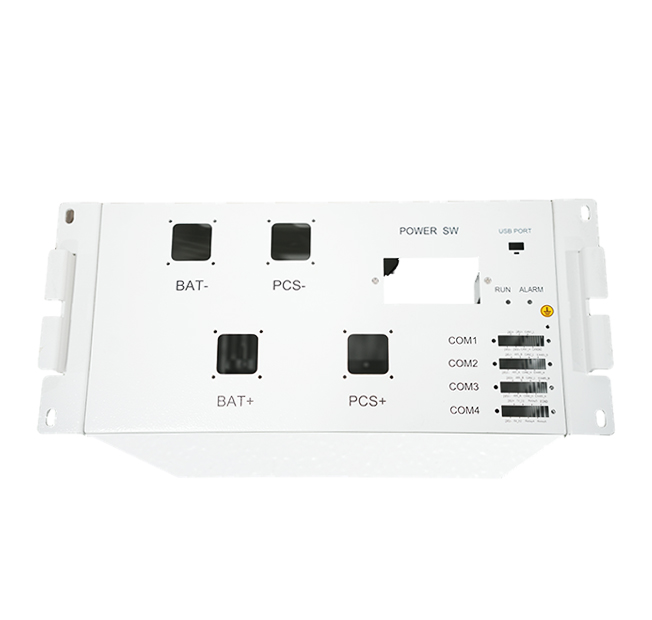Time:2025-07-01 Views:0 source:CNC Machining customization source:CNC Machining news

Stress deformation is a common challenge in sheet metal processing, which can occur due to various factors such as uneven material removal, thermal effects during machining, and internal residual stresses. Excessive stress deformation can lead to dimensional inaccuracies, poor product performance, and even part failure. Thus, effective control of stress deformation is crucial for producing high - quality sheet metal components.
One of the primary strategies for stress deformation control is proper process planning. This includes selecting the right machining sequence and operations. For example, when cutting complex - shaped sheet metal parts, a sequential cutting approach can be used to distribute the cutting forces evenly and reduce the likelihood of deformation. Additionally, choosing appropriate cutting tools and machining parameters can also minimize stress generation. A lower cutting speed and a smaller depth of cut can reduce the heat generated during machining, thereby decreasing thermal - induced deformation.
Another important aspect is material selection and pretreatment. Using materials with good formability and uniform mechanical properties can help reduce stress deformation. Pretreating the sheet metal, such as through stress relieving heat treatment before machining, can eliminate internal residual stresses and make the material more stable during the processing.
Tool - path optimization is also a key factor. In CNC machining, the design of the tool path can significantly affect stress distribution. By using smooth and continuous tool paths instead of sharp turns, the cutting forces can be more evenly distributed, reducing the chances of deformation. Some advanced CAM (Computer - Aided Manufacturing) software can automatically generate optimized tool paths based on the part geometry and material properties to minimize stress - related issues.
Furthermore, post - processing techniques like straightening and flattening can be used to correct any minor stress - induced deformations. These operations involve applying external forces or using heat to reshape the sheet metal and bring it back to the desired dimensions and flatness.
Read recommendations:
Sealing ring Precision electronic parts
Housing components for recessed downlights Precision electronic parts
Oval Magnetic Hardware Precision electronic parts
CNC Machining Dimension Accuracy
CNC processing factory - Meeting customers' strict requirements for precision